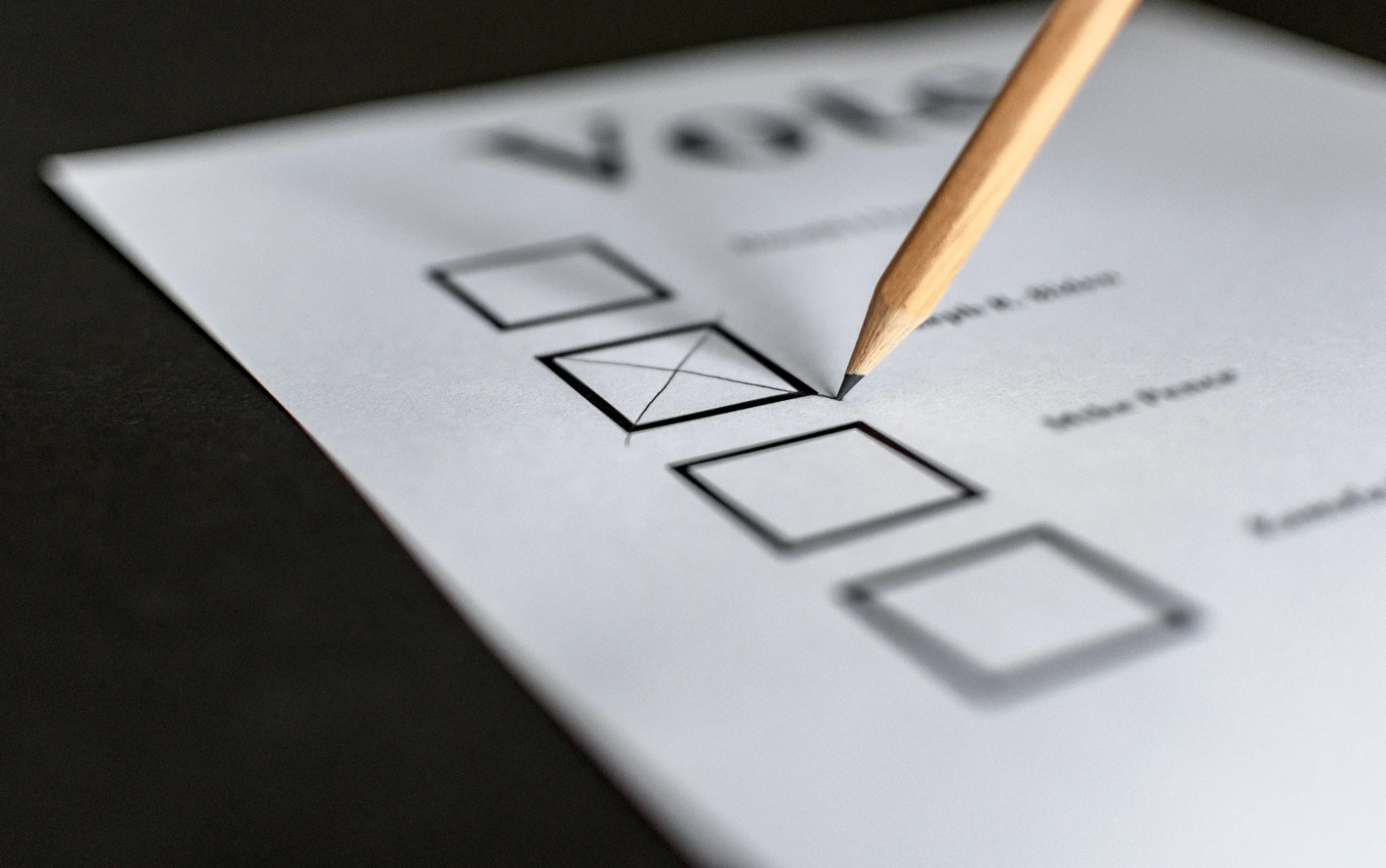As we step into 2025, one of the most noticeable trends in marketing is the resurgence of retro vibes. From vintage fashion and classic logo redesigns to the revival of ’80s and ’90s aesthetics, nostalgia marketing is making waves. But what exactly is driving this revival? At the core of it lies a powerful psychological tool: nostalgia. Brands are increasingly tapping into nostalgia to forge emotional connections with their audience, build brand loyalty, and differentiate themselves in an increasingly saturated market. In this article, we’ll explore the psychology behind nostalgia marketing and how businesses can leverage this strategy effectively in 2025.
The Psychology Behind Nostalgia
Nostalgia is more than just a longing for the past—it’s a deep, emotional connection to experiences, memories, and feelings that evoke a sense of comfort and security. Psychologically, nostalgia is often triggered by sensory experiences (such as music, smells, or visuals), which can transport individuals back to a simpler, more comforting time.
-
Emotional Resonance: Nostalgia activates the brain’s emotional centers, particularly those related to happiness and well-being. It creates a warm, positive feeling by reminding people of “better times.” When brands tap into these feelings, they can create an emotional bond with their audience, which can lead to increased customer loyalty and brand attachment.
-
Coping Mechanism: In times of uncertainty or stress (such as during economic downturns or political unrest), nostalgia offers a form of escapism. It allows people to revisit a time when life seemed more predictable or carefree. Brands that effectively tap into these feelings can offer a sense of stability or reassurance to their customers.
-
Trust and Familiarity: Nostalgia evokes feelings of familiarity, which leads to trust. Consumers feel a sense of connection with something that has been part of their past, whether it’s a classic product, an iconic ad, or a well-loved jingle. This trust makes customers more likely to engage with and purchase from a brand that channels nostalgia.
-
Social and Cultural Identity: Nostalgia isn’t just a personal feeling—it’s often shared among communities and generations. Brands that tap into nostalgic trends can position themselves as part of a broader cultural narrative, appealing to customers’ shared identities and experiences. This sense of belonging can deepen emotional ties and drive brand advocacy.
How Brands Can Leverage Nostalgia in 2025
-
Revisit Iconic Products or Packaging: One of the most straightforward ways to tap into nostalgia is by reintroducing classic products or revamping older packaging designs. Think of Coca-Cola’s re-release of their original glass bottles or the resurgence of Converse Chuck Taylor sneakers. These products evoke memories of the past while also appealing to modern sensibilities. Brands can update these iconic items with contemporary twists, blending the old and the new to create a compelling offering.
-
Retro Advertising and Branding: Nostalgic ads—whether through TV commercials, online videos, or print materials—can be highly effective in triggering emotional responses. Brands like Pepsi and McDonald’s have already successfully incorporated retro themes into their campaigns. In 2025, more brands will likely embrace retro-style visuals, fonts, and jingles that invoke the aesthetics of past decades. Incorporating familiar tunes from the ‘80s or ‘90s, for instance, can instantly create a connection with consumers who grew up during that era.
-
Leveraging Social Media and User-Generated Content: Social media provides an ideal platform for nostalgia marketing, especially through hashtags or challenges that encourage users to share their own nostalgic moments. Brands can create campaigns around iconic pop culture references, old-school experiences, or childhood memories, encouraging followers to engage and share their stories. UGC allows consumers to contribute to the brand narrative, making them feel more involved.
-
Collaborations with Pop Culture Icons: Partnerships with celebrities, influencers, or brands from past decades can reignite nostalgia. Whether it’s a collaboration with a retro-themed fashion brand or a revival of a long-discontinued product, these collaborations spark excitement and create buzz. This strategy has been successful with brands like Adidas collaborating with retro gaming companies or fast-food chains teaming up with nostalgic TV shows.
-
Nostalgic Experiences and Events: Creating live experiences, pop-up shops, or virtual events that evoke the past can significantly enhance a brand’s nostalgic appeal. Imagine attending a pop-up store that re-creates the atmosphere of an iconic music festival or a retro-themed movie screening. These experiences foster a deeper emotional connection with customers, making the brand memorable and creating long-lasting impressions.
-
Storytelling and Brand History: Telling the story of a brand’s origins or a product’s legacy through storytelling can tap into nostalgia. Sharing archival photos, old advertisements, and stories from the past not only creates a deeper emotional connection with long-time customers but also introduces younger audiences to the brand’s rich history. By showcasing authenticity and continuity, brands can highlight their heritage, creating a sense of trust and reliability.
Why Nostalgia is Effective for Emotional Connection
-
Fosters a Sense of Belonging: Nostalgic marketing allows customers to feel that they’re part of a larger community with shared values and experiences. Whether it’s a fashion trend, a type of music, or a beloved product, nostalgia gives people a sense of belonging to something greater than themselves, which enhances emotional loyalty.
-
Appeals to Multi-Generational Audiences: Nostalgia often spans generations. A retro product or campaign may not only appeal to older consumers who remember the original, but it can also attract younger consumers who are curious about “vintage” or retro trends. By targeting multiple generations, brands can expand their reach and deepen customer loyalty.
-
Encourages Positive Associations: Nostalgia often evokes positive emotions like happiness, comfort, and security. By aligning their brand with these emotions, companies can create strong, positive associations in consumers’ minds. These associations drive consumer behavior, leading to increased brand affinity and, ultimately, sales.
Nostalgia marketing is poised to continue its rise in 2025 as brands increasingly recognize its power to create emotional connections with consumers. By tapping into the universal appeal of nostalgic memories and experiences, brands can foster deeper engagement, build stronger emotional bonds, and differentiate themselves in a crowded marketplace. In a world where consumers crave authenticity, trust, and familiarity, nostalgia provides the perfect bridge between the past and the present, helping brands stay relevant while evoking fond memories of simpler times.





